Protecting your property from leaks, damp, and energy loss starts with specialist leadwork and roof flashing. Across London and the Home Counties, our expertise ensures every project is delivered with compliance, care, and durable performance—preserving your home’s value and safety in every season.
With decades of experience, Which Trusted Trader and CITB certifications, and premium suppliers like Welsh Slate and ALM Lead, you can expect the highest standards. Book a free survey today and protect your property.

Ignoring roofing issues invites leaks, damp, insulation failure, and silent structural risks—delays always inflate repair costs and raise the stakes for every owner.

When handled by Leadwork & Roof Flashing Experts, these threats are eradicated. You get improved weather protection, energy performance, and all-important compliance with UK regulations. Whether you’re a homeowner after security, a landlord eyeing long-term value, or a business seeking reliability, professional roofing turns maintenance into a resilient investment.
Leadwork & Roof Flashing Experts covers installations, repairs, upgrades, and heritage restorations for homes, businesses, and listed properties. Every project focuses on long-term performance, full Building Regulation compliance, and proven materials from premium suppliers. Expect tailored delivery for your property, with careful attention to safety, reliability, and lasting value.
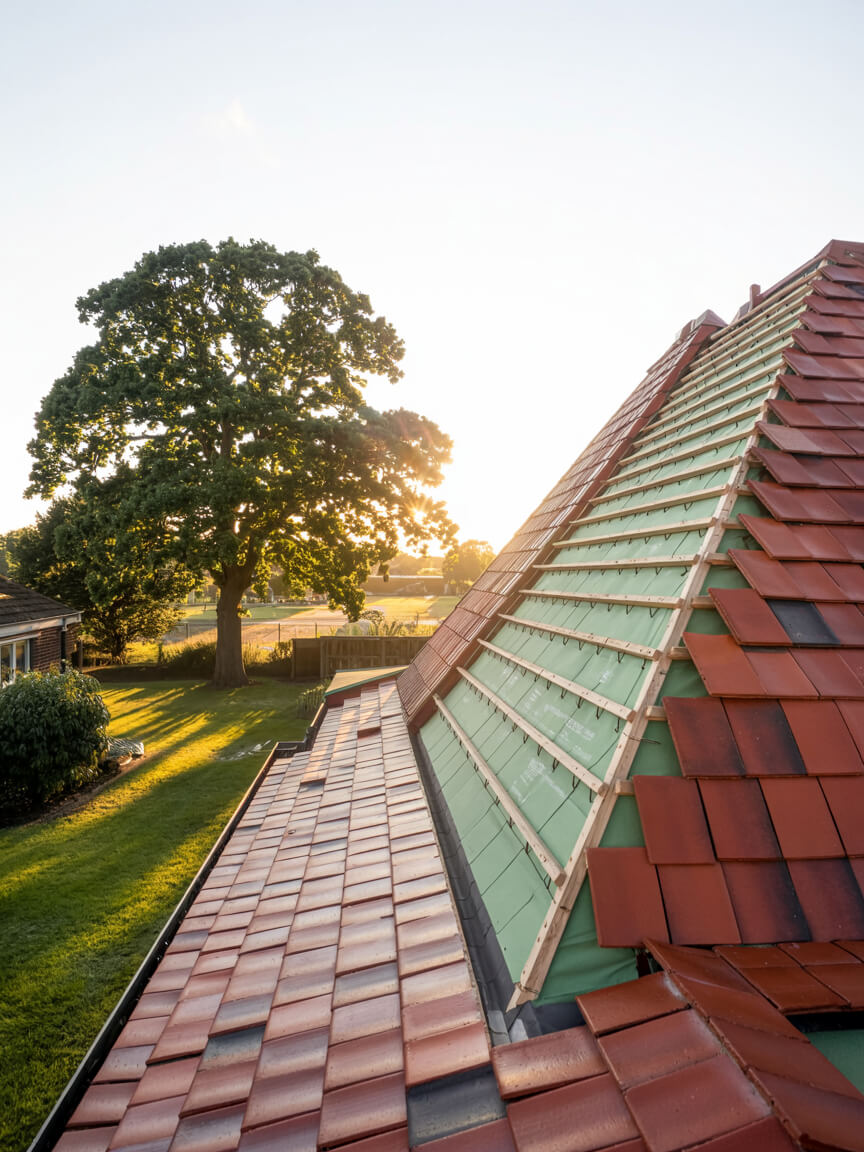
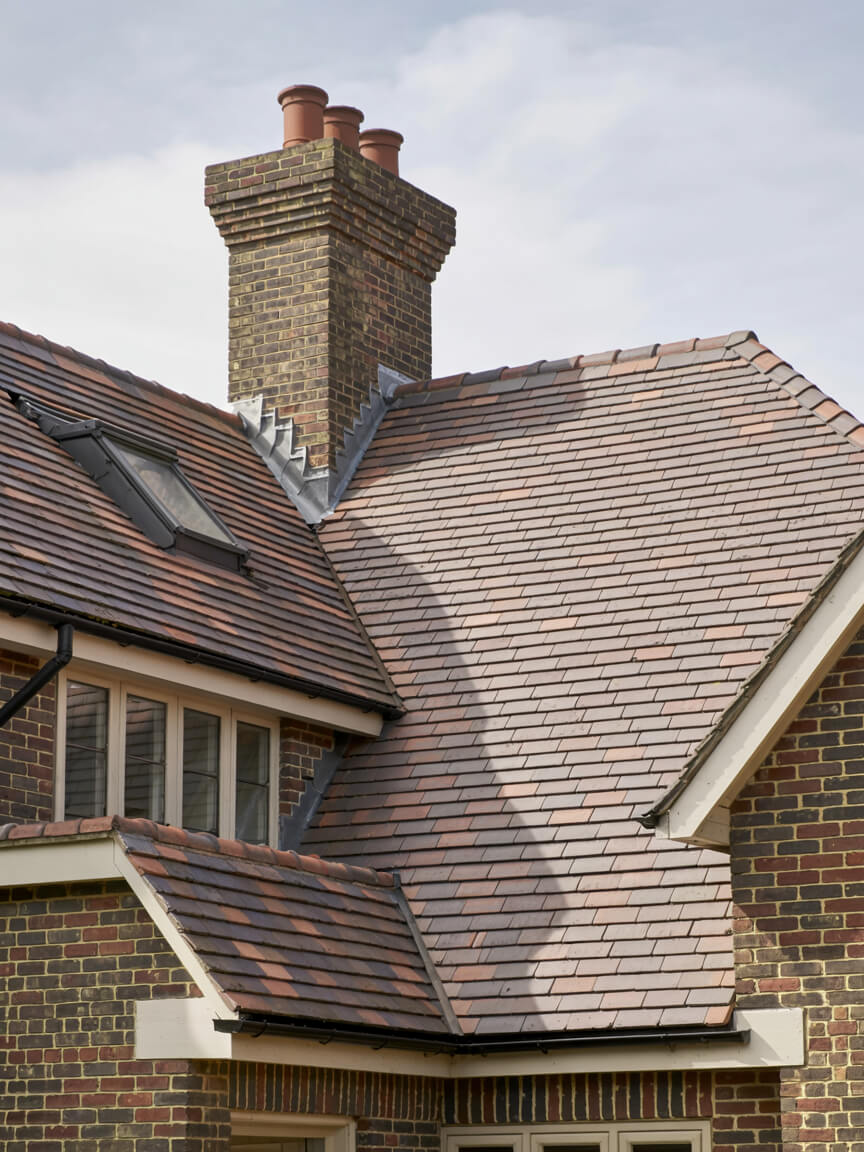
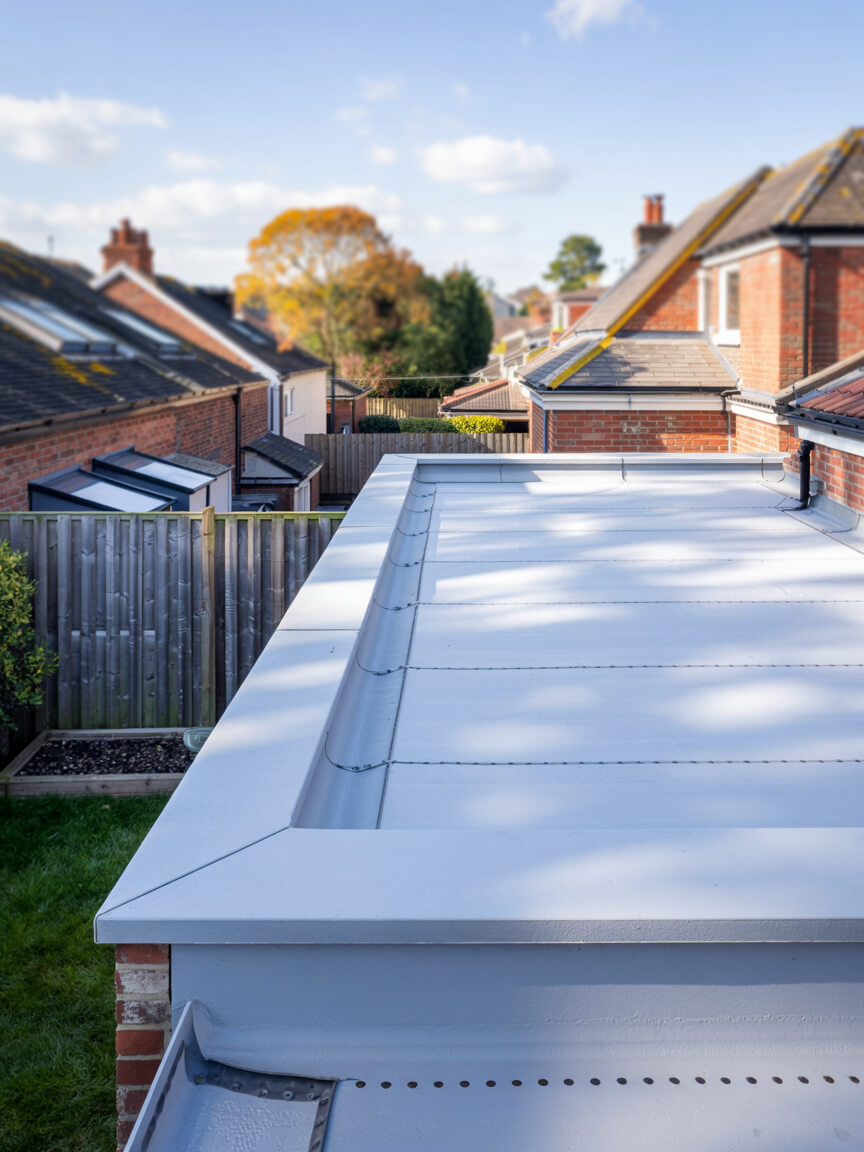
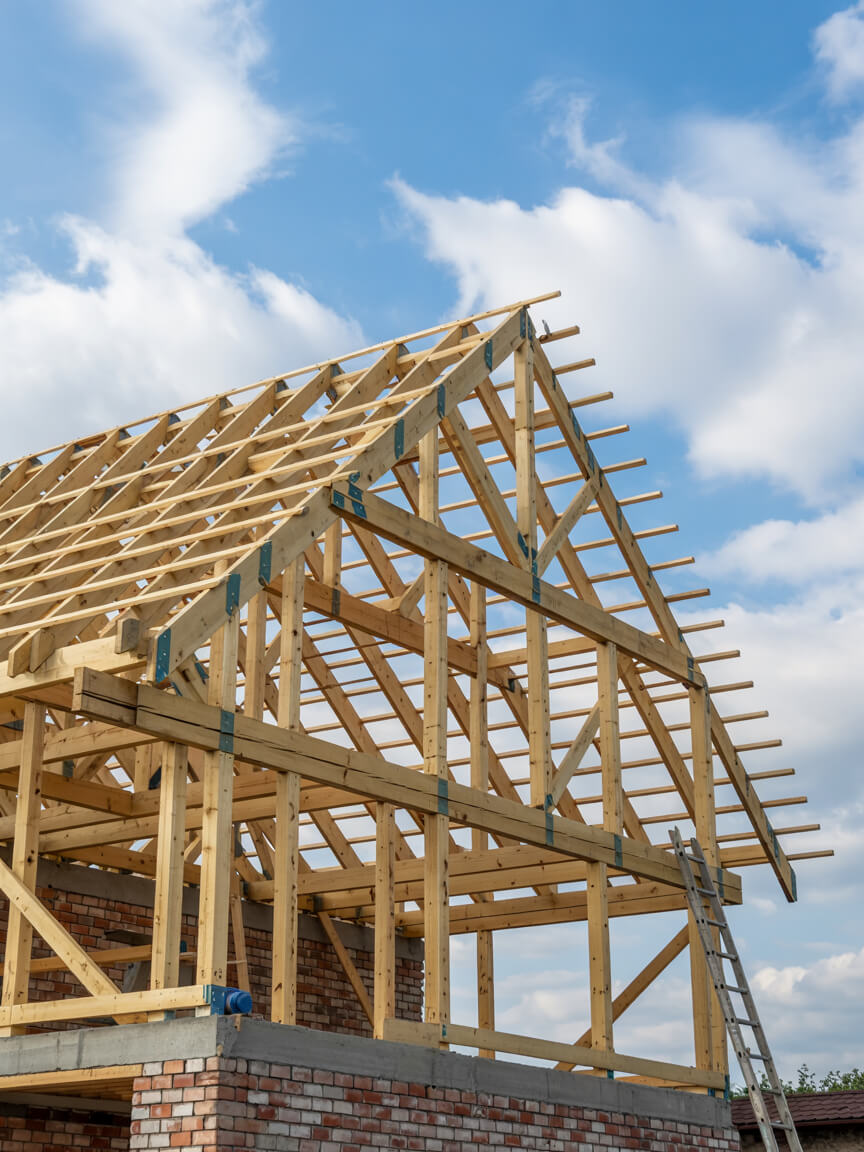
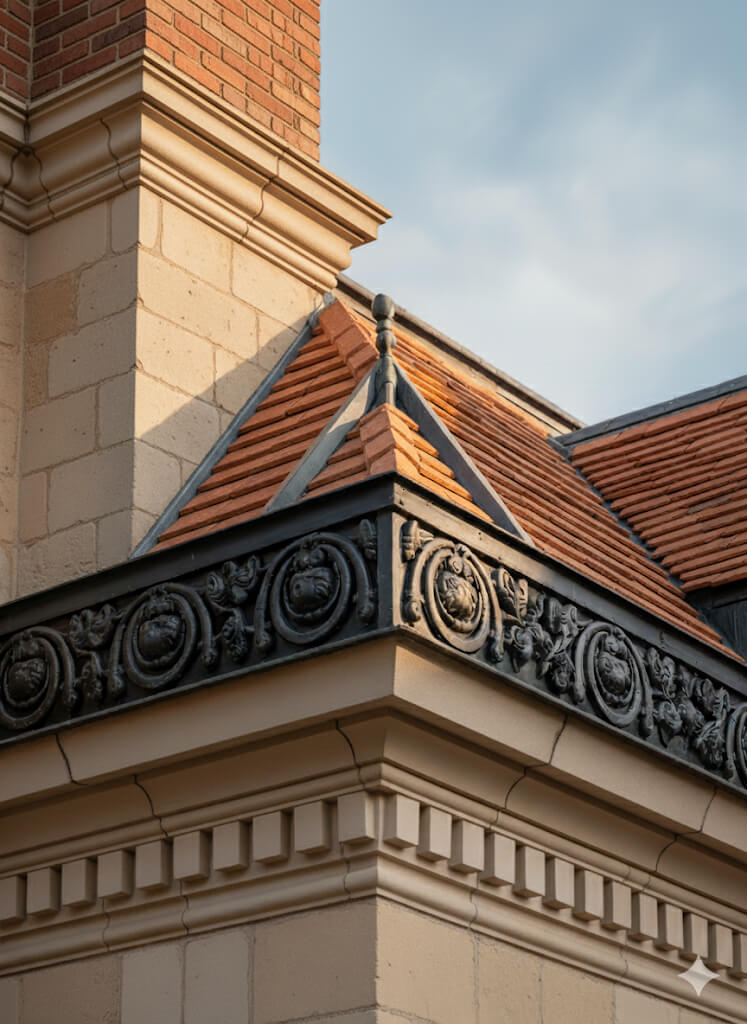
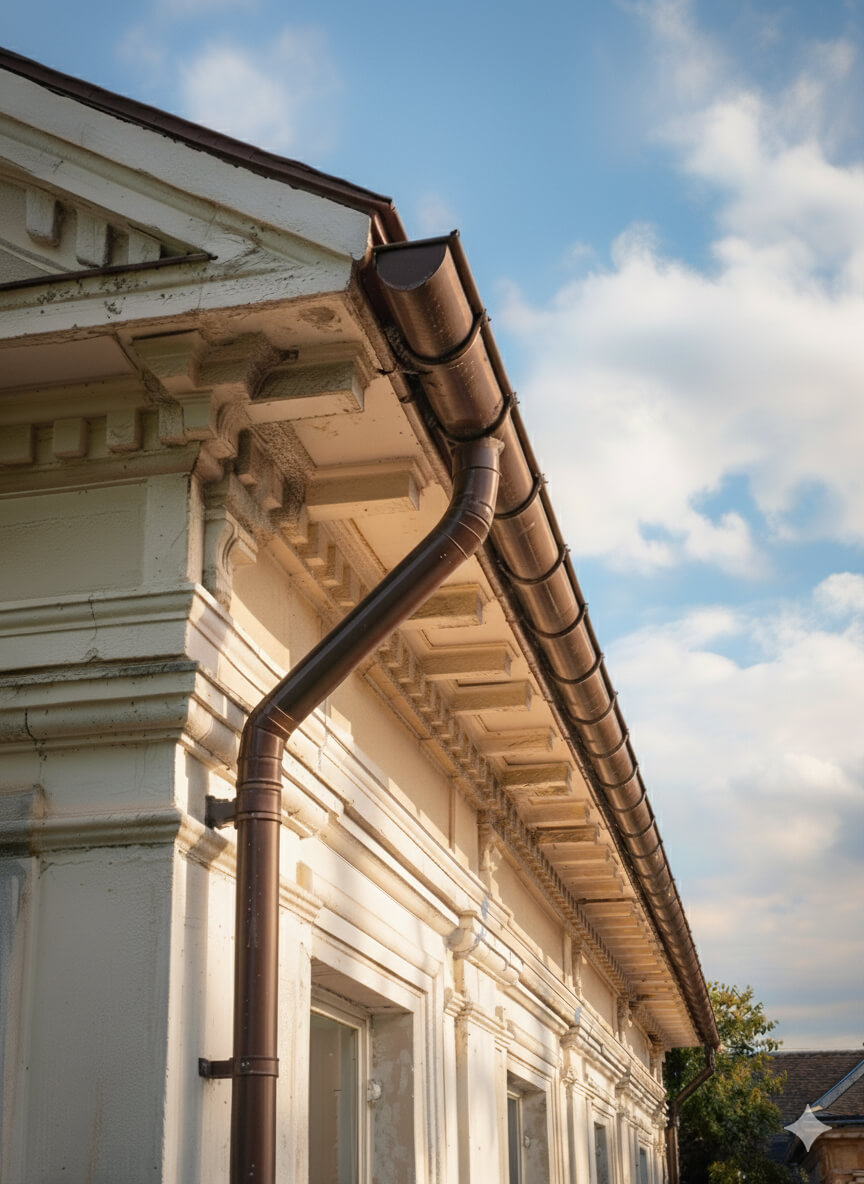

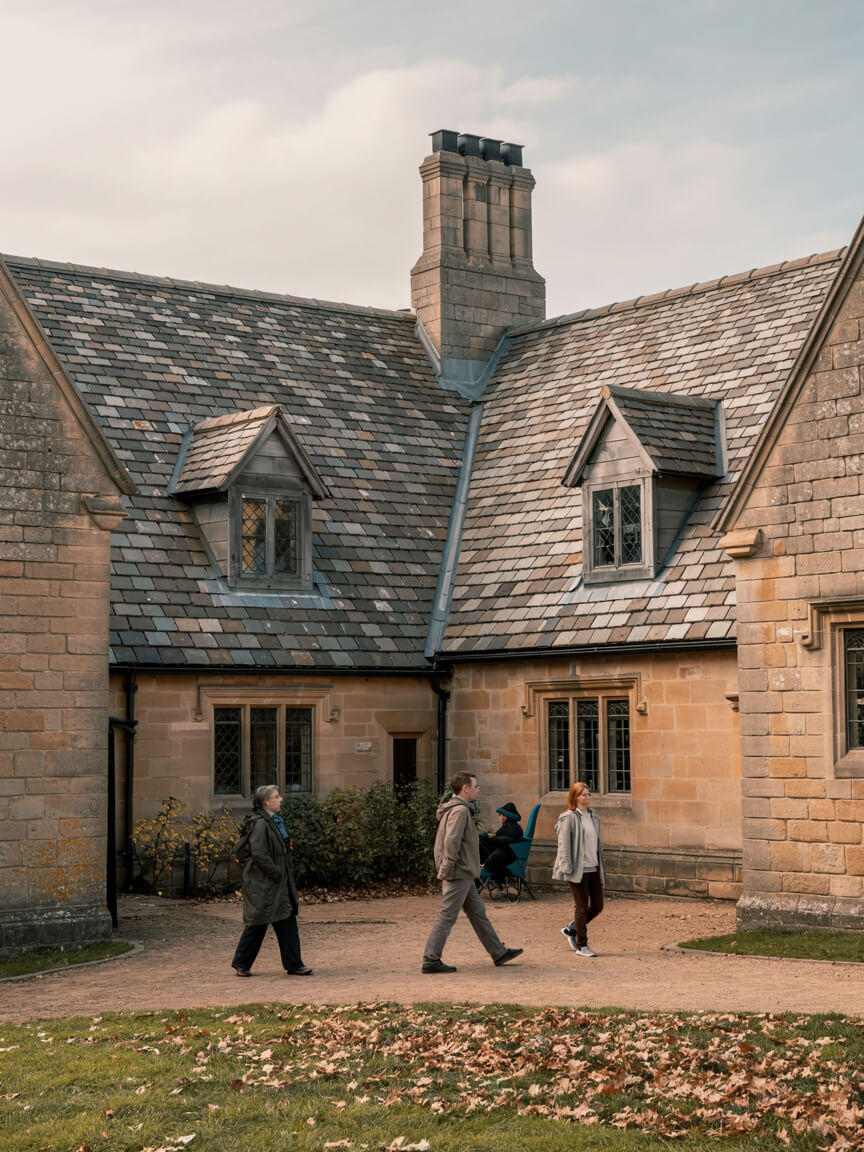
Every Leadwork & Roof Flashing Experts project is adapted to property type, roof structure, and environmental demands. Tailoring ensures compliance with regulations, minimises disruption, and maximises long-term value. From homes and businesses to industrial sites and listed heritage buildings, our flexible approach guarantees roofing solutions that meet unique needs while delivering safety, efficiency, and reliability.
Homes, extensions, and listed buildings.
Offices, retail, schools, and hospitality.
Warehouses, factories, and logistics sites.
Every Leadwork & Roof Flashing Experts project follows proven steps with quality materials. Whether a new installation, upgrade, or repair, each layer adds durability, safety, and efficiency—tailored to protect your property and meet regulatory standards.
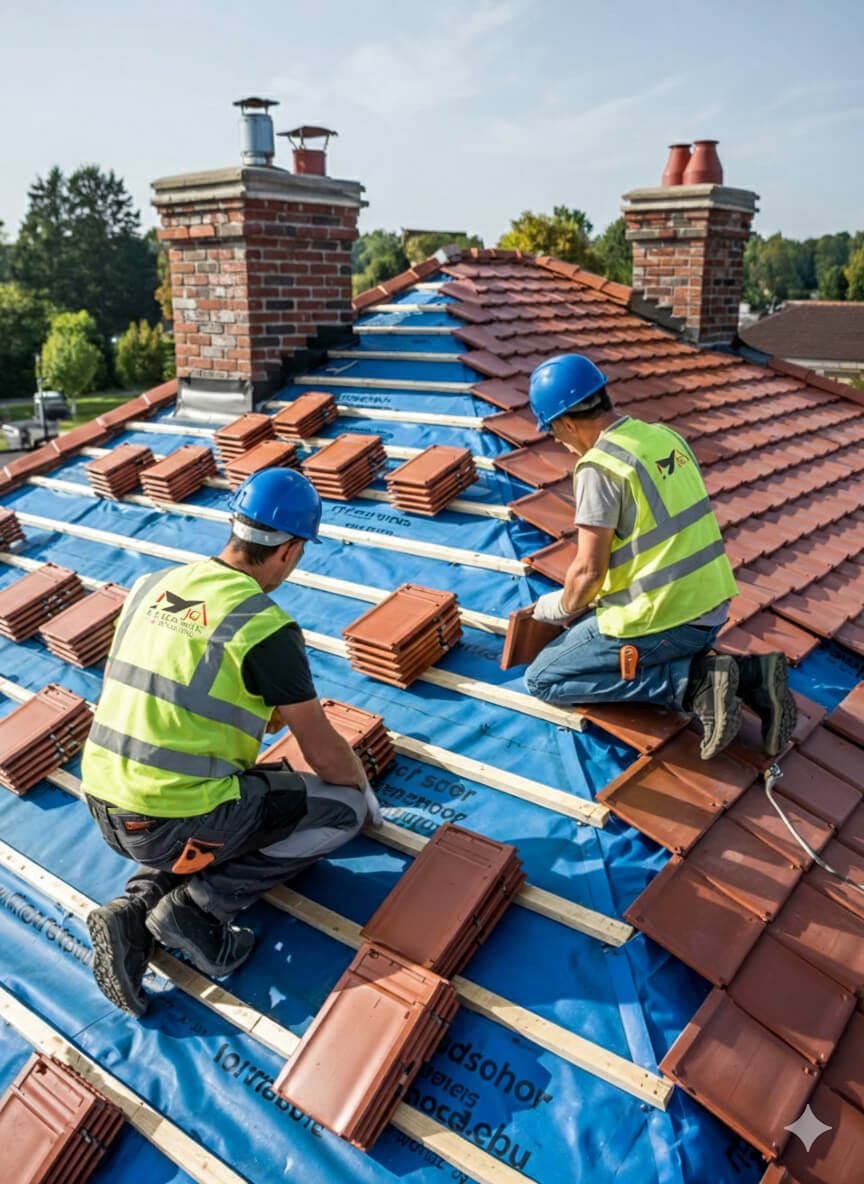
Get a free, no-obligation quote today.
Our experts are standing by to help you choose the perfect flat roofing solution.
⏱ Response within 24 hours guaranteed
Accredited by Which Trusted Trader, CITB, and approved by Kemper and Westwood, our team delivers safe, compliant, and warranty-protected Leadwork & Roof Flashing Experts projects. These credentials mean guaranteed standards and long-term assurance—reinforced by the positive client reviews that consistently highlight quality, professionalism, and trust.


Complete reroofing. Living in Singapore at the time and T was super responsive and communicative.
Replacement of lead box gutter and new flashing to parapet wall. I had an excellent experience using James and the team. He was very prompt in all aspects of communication and completed a first class job. Really pleased.
James completed some repairs on our roof and replaced some of our pebble dash by the roof as well. He was very thorough and fixed everything. He kept us really informed by taking photos and showing us what he did and keeping us updated. It also went onto our neighbours roof and he did the same fo...
We had a leak in our bedroom and James fixed the roof for us to stop it from leaking. All the work came with a warranty. The work that was carried out was good. James and his team were polite, and did all the work quickly and without too much interruption to our day-to-day lives. Would recommend ...
J G Leadworks have repaired and replaced the roofs and gulleys over our warehouse and workshops which have meant both areas are now watertight
James and team were incredibly responsive to my request to look at a serious leak issue on my flat roof. They did a very thorough investigation and explained in detail the issue and gave a fair quote. They were quick to book in and complete the work and have checked in afterwards a few times to m...
James was quick to respond to the initial contact and was able to work around some time constraints I had. He explained what needed doing clearly and was happy to answer follow up questions. He took pictures to show each stage and I feel confident in the work that was done by James and the team. ...
JG Roofing were very easy to work with. Their quote was sensible and they stuck to that figure. They completed many repairs to my roof including, rebuilding a leaded gutter, reinforcing rotten rafters, rebuilding a long felted gutter and felting parapet walls, resurfacing and felting a flat roof,...
Planning and legal checks protect clients from costly errors, delays, and non-compliance, ensuring roofing projects meet regulatory and safety requirements.
Permission is typically required for listed properties, conservation areas, or major roof alterations. All projects must also satisfy Building Regulations, including Part A (structural safety) and Part L (energy efficiency), ensuring compliant and future-proofed installations.
Our team manages the full process, from initial surveys to legal guidance, preparing documentation, and liaising with local authorities where needed. Whether working on modern homes or heritage sites, we ensure every project is delivered legally, safely, and with minimal disruption—providing complete reassurance and peace of mind to property owners.

Every project unites skilled workmanship with rigorously tested materials.
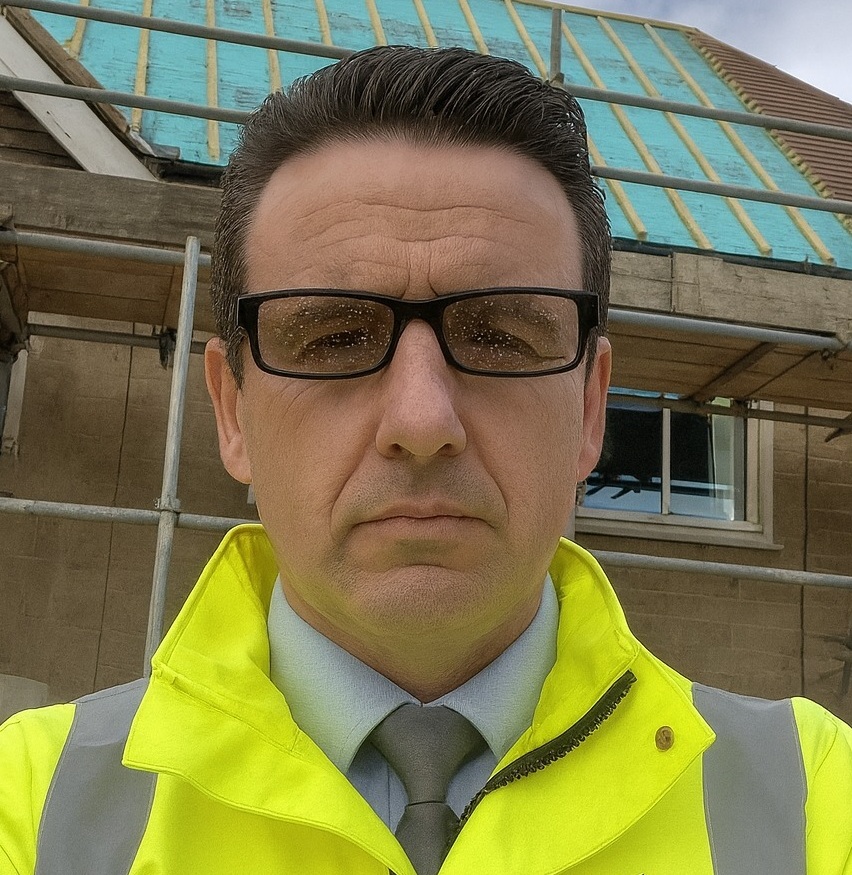
With 25 years of experience in lead sheet roofing, James is a trusted expert in heritage roofing, slate, and tiling. His knowledge of traditional methods, paired with modern compliance, makes him a go-to specialist for projects that demand both craftsmanship and durability.
Leadwork & Roof Flashing Experts provides lasting protection, efficiency, and value, delivering durable, compliant roofing solutions that safeguard every type of property investment.
Selecting Leadwork & Roof Flashing Experts involves balancing durability, budget, compliance, and aesthetics to secure the best-fit roofing solution for your property.
Why Clients Choose JG Leadwork and Roofing
With decades of trade experience, our teams understand the unique demands of London and Home Counties roofing. From heritage-listed properties to contemporary extensions, we adapt solutions to local regulations, weather conditions, and architectural styles with precision.
Accredited by Which Trusted Trader, CITB, and approved by Kemper, Westwood, IKO, ALM, and other leading suppliers.
These credentials guarantee safety, compliance, and access to manufacturer-backed warranties, giving clients peace of mind that their project meets the highest professional standards and benefits from warranty protection.
Our heritage projects use Welsh Slate and handmade clay tiles for authenticity, while leadwork is delivered to Lead Sheet Association (LSA) standards. Commercial installations employ Kemper and Westwood liquid systems for durability and efficiency. Each example demonstrates our reliability, blending traditional craftsmanship with modern performance.
Our workforce includes skilled roofers, heritage specialists, and safety-certified installers.
Every roofer holds NVQs, receives ongoing CPD training, and is qualified in both modern flat systems and traditional techniques, including slate and leadwork.
Team structure ensures projects run smoothly—surveyors identify needs, installers deliver with precision, and supervisors oversee compliance. This approach minimises disruption, accelerates timelines, and guarantees consistent quality across residential, commercial, and industrial roofing projects.
Every project is regulation-compliant, warranty-backed, and focused on long-term results.
Client testimonials and case studies confirm our track record, with projects praised for professionalism, durability, and customer support.
We go beyond installation with aftercare packages, maintenance support, and open communication at every stage. Property owners gain reassurance that JG Leadwork and Roofing stands behind its work. Book a free survey today and discover why homeowners, landlords, and businesses trust us with their roofing.

Get a free quote, rapid response, and expert service across London and the Home Counties. Contacting JG Leadwork and Roofing is your simple first step to dependable roofing solutions.
We source materials from leading suppliers including Supreme and IKO felt systems, Kemper, Westwood and Proteus liquid systems, Welsh Slate, handmade clay tiles, ALM Lead Mills, and Nicholson Air Track. These trusted brands guarantee durability, compliance, and warranty-backed performance across flat, pitched, heritage, and commercial roofing projects.
.
.
For homes, Leadwork & Roof Flashing Experts safeguards comfort and enhances kerb appeal with durable, energy-efficient systems. Whether modern extensions or traditional pitched roofs, tailored solutions improve living standards and protect property value.
For businesses, Leadwork & Roof Flashing Experts delivers cost-effective, large-scale installations with minimal disruption. Projects are planned around operations, with safety compliance, energy performance, and flexible scheduling built in—supporting offices, retail, schools, and industrial facilities with reliable, regulation-ready outcomes.
For heritage properties, Leadwork & Roof Flashing Experts combines authentic materials such as Welsh slate, handmade clay tiles, and ALM lead with skilled conservation techniques. Listed building consent and conservation requirements are fully managed, ensuring traditional character is preserved while integrating modern weatherproofing. This careful balance provides long-term durability without compromising historic integrity or aesthetic value.
JG Leadwork and Roofing delivers Leadwork & Roof Flashing Experts across housing, commercial, heritage, and public sectors. Every industry comes with unique requirements, from safety and compliance to efficiency and conservation. Our adaptability ensures projects are delivered with precision and professionalism—whether safeguarding homes, supporting business continuity, preserving history, or protecting critical public and healthcare facilities.
Durable roofing installed with minimal disruption, ensuring safe, regulation-compliant workspaces for staff and visitors.
High-standard, compliance-focused solutions protect community facilities while meeting strict safety and regulatory obligations.
Heavy-duty roofing tailored for wide spans, ventilation, and long-term maintenance efficiency.
Authentic materials and sensitive methods preserve historic character while adding modern protection.
Weatherproof systems that enhance kerb appeal and guarantee uninterrupted trading for outlets.
Tailored roofing improves guest comfort, safety, and ambience across hotels, restaurants, and venues.
Safe, durable systems designed for schools and universities with minimal learning disruption.
Specialist roofing solutions built for hygiene, safety, and regulatory compliance in medical environments.
Our team of NVQ-qualified roofers, LSTA-trained specialists, and health & safety-compliant professionals bring decades of combined experience. Every project is delivered with meticulous attention to detail, ensuring safe practices and consistent quality across flat, pitched, heritage, and commercial roofing disciplines.
Expertise includes heritage leadwork, slate and tile roofing, modern flat systems, and drone-assisted roof surveys. Ongoing CPD training ensures adaptability to both traditional craftsmanship and the latest innovations—giving clients confidence that every roof is built or repaired with proven skill and care.

A thorough survey highlights existing issues, structural considerations, and upgrade opportunities, ensuring the best-fit solution is identified from the very beginning.
Transparent, itemised quotes detail costs, timelines, and materials—giving you complete clarity and confidence before work starts, with no hidden surprises.
Scaffolding, access solutions, and robust safety measures are put in place to safeguard both property and people throughout the project.
Skilled roofers complete the work using accredited materials and proven techniques, delivering durable, compliant results while keeping disruption to a minimum—whether for repairs, replacements, or new installations.
Each stage is inspected against manufacturer standards and Building Regulations, with photographic documentation provided for transparency and peace of mind.
Each stage is inspected against manufacturer standards and Building Regulations, with photographic documentation provided for transparency and peace of mind.
In a competitive roofing market, many providers look the same on paper. JG Leadwork and Roofing stands out through proven expertise, accredited methods, and specialist techniques. Our combination of traditional craftsmanship and modern technology makes us the safer, smarter choice across residential, commercial, industrial, and heritage projects.
In a competitive roofing market, many providers look the same on paper. JG Leadwork and Roofing stands out through proven expertise, accredited methods, and specialist techniques. Our combination of traditional craftsmanship and modern technology makes us the safer, smarter choice across residential, commercial, industrial, and heritage projects.

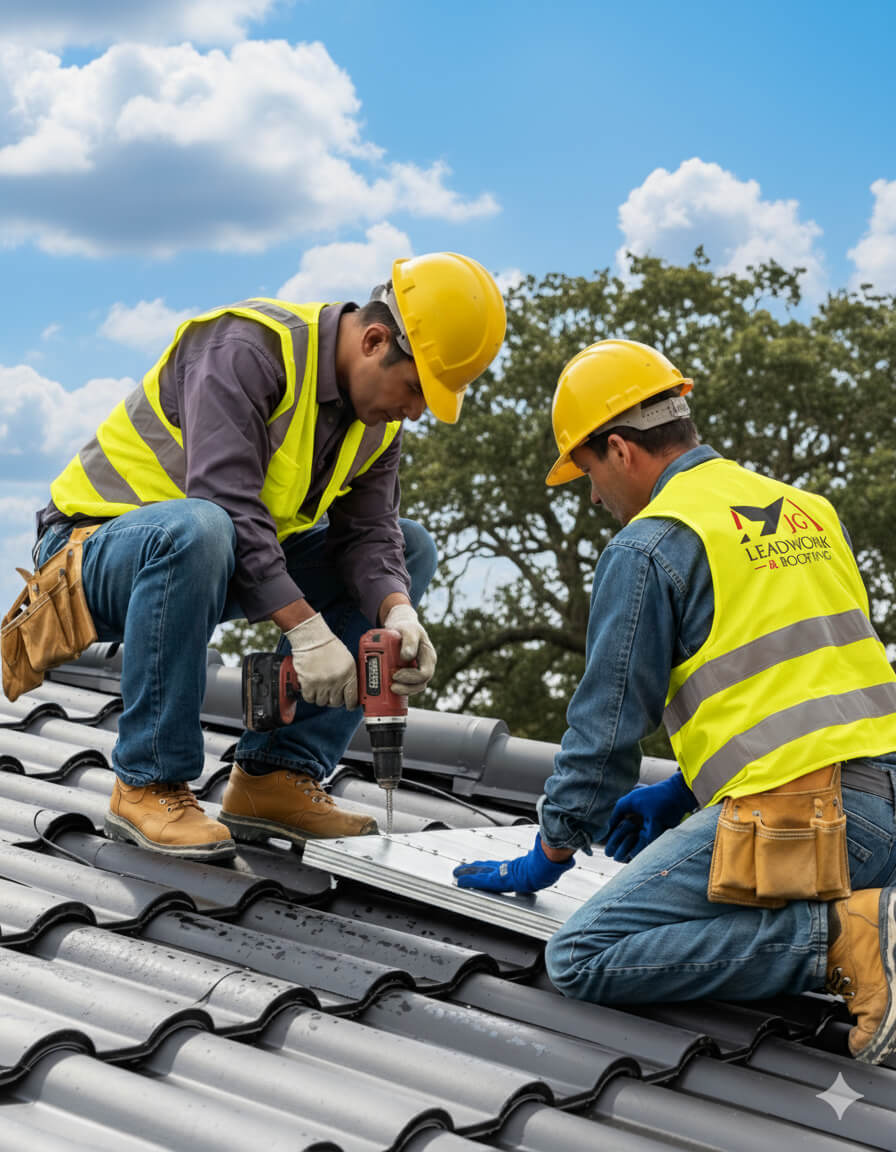
At JG Leadwork and Roofing, every project follows a structured QA process. Each stage—materials, installation, safety, and final sign-off—is measured against manufacturer specifications and UK Building Regulations to ensure durability, compliance, and warranty-backed performance across all roofing services.
Projects are only signed off once all QA checks are complete, giving clients confidence in long-term performance, structural safety, and insurance-backed peace of mind.
Every Leadwork & Roof Flashing Experts project by JG Leadwork and Roofing is delivered in strict alignment with UK Building Regulations and recognised frameworks. This ensures structural safety, energy efficiency, durability, and protects warranties and insurance coverage across residential, commercial, industrial, and heritage properties.
Clients can be confident their project is completed legally, safely, and insurance-ready—delivering long-term performance, compliance assurance, and complete peace of mind.
Property owners often wonder about Leadwork & Roof Flashing Experts—from costs and timescales to permissions. Below, you’ll find straightforward, trustworthy answers to the most frequent and practical queries.
Heavy rainfall in the UK frequently reveals underlying issues in both new and ageing roofs. The appearance of leaks can be alarming for property owners and managers, but the root causes are almost always a product of subtle material failures or detailing flaws that develop over time. Understanding where and why these breaches occur is key to protecting interiors, minimising structural risk and avoiding insurance headaches. Here’s a structured look at the core technical and environmental causes—plus what owners and contractors should check during diagnosis.
The primary waterproof barrier on any roof—whether a membrane on a flat system or tiles/slates on a pitched roof—absorbs years of thermal cycling (expansion and contraction due to temperature changes), UV exposure, and freeze–thaw action. In the UK, repeated cycles of freeze–thaw (where moisture freezes overnight, expands, and then thaws with the sun) gradually create fissures in felts, slates, or even strong tiles. Additionally, bituminous membranes on flat roofs harden and lose flexibility over 10–20 years, often developing fine cracks or splits at laps and upstands. Once breached, these allow even modest amounts of rainwater to reach the deck or insulation layer—showing up as internal damp patches, bubbling of paintwork, or a musty smell. In older systems, worn pointing or missing mortar at ridge lines allows water to trickle behind coverings, soaking into timbers and risking rot. The risk if left unchecked: unseen moisture progressively weakens roof timbers and insulation, setting the stage for costly structural repairs.
The areas most vulnerable to leaks after heavy rain are the junctions—places where roof planes meet vertical elements (chimneys, dormers, parapet walls) or each other (valleys). Here, flashing—traditionally lead, but sometimes zinc, copper, or proprietary tapes—forms a watertight seal. Over time, flashing can crack (due to thermal movement, impact, or poor fixings), become dislodged by wind uplift, or corrode where incompatible materials meet. Capillary action (where water tracks uphill in tiny gaps) exploits the smallest crack, allowing significant water ingress. Tell-tale symptoms include water stains on ceilings adjacent to chimneys, visible cracks in step or apron flashings, or greenish staining on brickwork beneath a failed junction. Another frequent culprit is poor initial detailing, where the overlap between layers is insufficient, or proprietary systems weren’t installed to manufacturer recommendations—resulting in “flapping” edges, dripping at gutter junctions, or water running behind fascia boards. If left untreated, the result is progressive timber decay, ceiling collapse, and mould development within roof voids—sometimes leading to insurance refusals due to perceived maintenance neglect.
British weather cycles pose unique threats: periods of intense rainfall followed by strong winds (wind-driven rain), extended damp spells, and, increasingly, rapid temperature swings. Standing water (ponding) on flat roofs—typically where falls are below the recommended 1:80 minimum—dramatically increases the risk of leaks as water exploits any weakness, eventually seeping through laps. Even 10–15 mm of standing water held for a few days after rain is enough to stress weak membranes. Roof geometry and local obstructions (e.g., leaf build-up in gutters) create pooling points and slow runoff. Poorly ventilated roofs—especially where insulation is retrofitted without adequate airflow—allow warm, moist air to condense inside roof spaces. This manifests as interstitial condensation (hidden moisture between roof layers), which can mimic leak symptoms and, over time, corrode fixings and rot timber. Part L of UK Building Regulations now requires roof refurbishments to address both insulation and ventilation to avoid such hidden problems.
Most leaks can be pinpointed quickly by a systematic inspection:
Example breakdown:
| Cause | Typical Symptom | Risk if Ignored | Indicative Remedy |
|---|---|---|---|
| Torn/cracked membrane | Damp patch, bubbles | Deck rot, rapid decay | Replace section, re-seal laps |
| Dislodged flashing | Staining near chimney | Structural damage | Re-bed/replace flashing, check detailing |
| Poor falls/ponding | Pooling water after rain | Accelerated leaks | Re-pitch roof area, improve drainage |
| Inadequate ventilation | Surface & loft damp | Mould, timber rot | Add vents, review insulation arrangement |
Regular inspections—at least annually or after severe weather—are recommended as part of preventive maintenance for all property types.
For property owners or managers in London, the cost of a roof replacement typically ranges from £120 to £220 per square metre for pitched residential roofs, with specialist or heritage projects charged at an even higher rate. The final figure hinges on several core elements: your chosen materials, how complex the labour is, site access, and meeting UK standards like BS 5534 and Part L. Understanding these variables safeguards your budget, helps you compare quotations, and streamlines compliance—especially within a market shaped by high labour rates and strict conservation controls. Here’s how the main cost and regulatory drivers unfold.
The largest portion of any roof replacement budget consists of materials (such as tiles or slates) and the labour to instal them. Concrete tiles and basic slates are widely used, with tiles usually being more affordable than natural or composite slates. However, slates require more time and precision to fit, increasing installation time.
London labour costs surpass the UK average due to the city’s higher cost of living, tight job market for skilled roofers, and the frequency of intricate roof layouts. Roofers must instal compliant battens and membranes aligned with BS 5534 (the British Standard outlining correct roofing practices), which influences both product choice and installation hours.
Building Regulations set strict guidelines for energy efficiency, safety, and roof durability. Under Part L (Conservation of Fuel and Power), any significant roof refurbishment or replacement requires adding new insulation to meet a minimum U-value—meaning the maximum permitted heat loss through your roof. If your home does not currently reach these levels, you will need to include the costs for modern insulation and professional fitting.
BS 5534 continues to play a key role here, detailing how all tiles, slates, battens, and underlays should be fixed—this includes specifications for mechanical fixings, particularly in exposed areas of the city. Meeting these standards is essential for passing Building Control inspections and insurance assessments.
London’s unique site access challenges and labour premiums influence roofing costs substantially. For many properties—particularly terraced homes or multi-storey buildings—scaffolding is a non-negotiable safety requirement, which can add several thousand pounds, depending on restrictions and project scope. Heritage or listed properties must use traditional or specialist materials (e.g., hand-cut slate, sand-cast leadwork), which often cost more and carry longer lead times. Conservation areas may also require extra permissions before work begins, with local councils inspecting both material types and planned works for compliance.
London’s climate and micro-environments add another layer: properties in wind-prone districts or near rivers may require reinforced fixings or specialist underlays to protect against water ingress and storm damage.
The assessment below illustrates the most common cost and compliance influences in London roof replacement projects:
| Cost/Regulation Factor | Typical Range | Why It Matters |
|---|---|---|
| Materials (tiles/slate) | £40–£100/m² | Appearance, lifespan, and regulatory match |
| Labour & Fixings | £60–£85/m² | Driven by access, complexity, and regulation |
| Insulation upgrade (Part L) | £15–£25/m² | Often compulsory; reduces heat loss |
| Scaffolding & Site Access | £1,000–£3,500+ total | Required for height and safety |
| Heritage/Listed Adjustments | +£20–£80/m² (materials/labour) | For council compliance and property preservation |
| Building Control Sign-off | £200–£500+ | Needed for legal compliance certification |
To make an informed decision, seek a detailed quotation that specifies materials, insulation, scaffolding, adherence to BS 5534 and Part L, and anticipated planning steps for heritage or conservation requirements. This approach will clarify true project costs and reduce the risk of surprises mid-way through your London roof replacement.
The timeframe for roof installation in the UK depends on property type, roof structure, materials, and weather. For most domestic pitched roofs using tile or slate, installation typically takes 3 to 7 working days. Flat roofing and specialist leadwork can be quicker or more drawn out, ranging from several days to two weeks, depending on complexity and substrate condition. Commercial roofs, listed buildings, or sites with unique access or conservation demands may require extended timelines due to inspections or multi-phase scheduling.
Accurate installation planning matters for budgeting, minimising disruption, and preserving building safety. Homeowners need transparent expectations to plan around noise and access. Landlords and facility managers require precise timelines to coordinate works with tenants. Heritage custodians must factor in conservation approval and skilled traditional methods.
Different roof forms and build situations shape the expected duration:
Larger commercial or industrial roofs are usually tackled in phases and may be scheduled for off-peak hours to minimise business interruption.
Site-specific and environmental factors can expand or compress the timeline:
Understanding and planning for these influences helps to avoid overruns and logistical headaches.
Routine care maximises roof longevity and preempts repairs:
Landlords and facility managers should integrate roof care into broader planned maintenance schedules to avoid missed interventions.
Most roof materials offer good service life if cared for; here’s how they compare in the UK context:
| Material | Typical Lifespan | Inspection Frequency | Maintenance Needs |
|---|---|---|---|
| **Natural Slate** | 80–100 years | Every 5 years | Replace broken or slipped slates |
| **Clay/Concrete Tile** | 50–70 years | Every 3–5 years | Clear moss, fix cracks, replace chips |
| **Felt (Torch-On/Built-Up)** | 10–20 years | Every 2 years | Seal edges, patch blisters |
| **Liquid-Applied Membrane** | 25–40 years | Every 3 years | Check for wear, recoat as needed |
| **Single-Ply Membrane** | 20–30 years | Every 2–3 years | Inspect seams, clean drainage points |
| **Lead Sheet Roofing** | 50–100+ years | Every 5+ years | Check joints, ensure flashings secure |
Regular inspection and minor maintenance can double the useable life of most roofs compared to neglected systems. Early intervention prevents leaks, concealed structural decay, and the need for major disruptive repair.
Getting real clarity on roofing costs and long-term protections is critical for any property owner or manager. The right leadwork and flashing choices directly impact both initial investment and future maintenance—while the wrong shortcuts can multiply costs for years. The true cost includes not just the headline price, but also the quality of workmanship, length of warranty, and the installer’s reputation for regulatory compliance. Understanding these factors helps you avoid nasty surprises, ensures your insurance remains valid, and lets you make fully informed decisions that pay off well beyond year one.
Several core variables drive the price of leadwork, flashing repair, and full roof replacement. Labour is typically the largest component and varies significantly in London, Sussex, Surrey, and Kent depending on installer expertise and project complexity. Material choice—whether traditional milled lead, specialist flashing tapes, or hybrid membranes—shapes both durability and upfront cost. Property scale and difficulty (e.g., listed buildings, multi-storey access) also impact final quotes. Here’s a typical range:
| Service Type | Typical Range (UK) | Key Influences |
|---|---|---|
| Roof Repair | £250 – £1,200 | Damage scope, materials, roof access |
| Roof Replacement | £5,000 – £15,000+ | Size, insulation, heritage compliance, finish |
Repairs focus on targeted leaks or damaged flashings, while replacements involve full removal and often upgrades to insulation and waterproofing to meet modern efficiency standards. Small “cheap” jobs—especially those skimping on materials or skipping substrate repair—can lead to costlier call-backs or total re-roofing later.
A credible roofing service provides an insurance-backed warranty—not just a verbal promise—covering materials and workmanship for typically 10 to 20 years. This protection goes beyond manufacturer guarantees to insure repairs or replacement even if your installer ceases trading. Coverage usually includes water ingress owing to flashing failure, material defects, and, in some cases, labour. On listed or modern properties, warranty-backed jobs help ensure Part L compliance, supporting both future resale and home insurance demands. Lenders and building surveyors frequently request evidence of valid warranties on recent or major works as part of their risk assessment.
Choosing an accredited installer pays dividends over the life of your roof. Professional evidence includes Level 2 or 3 NVQ (Roofing Occupations), CITB Health & Safety training, and membership of bodies such as the National Federation of Roofing Contractors or Which? Trusted Traders. Accredited status signals that the team is trained in modern and heritage techniques, guarantees legal compliance with UK Building Regulations, and maintains a safe working environment. Only bona fide installers can offer extended manufacturer warranties, which protects your investment if there’s ever a latent defect with the membrane, flashing, or lead sheet itself.
Cutting corners on roof flashing or leadwork—by overlaying new membranes on rotten decking, skipping essential insulation upgrades, neglecting ventilation, or hiring unqualified labour—inevitably backfires. These shortcuts drive hidden moisture build-up, premature decay, and rapid energy loss. Insurers routinely refuse claims where poor workmanship or non-compliance is detected. Worse, a cheap repair that ignores the underlying cause often results in full replacement within a few years, multiplying your original spend. In the context of heritage or complex modern roofs, the shortcut route can jeopardise both structural safety and your legal obligations as a property owner.